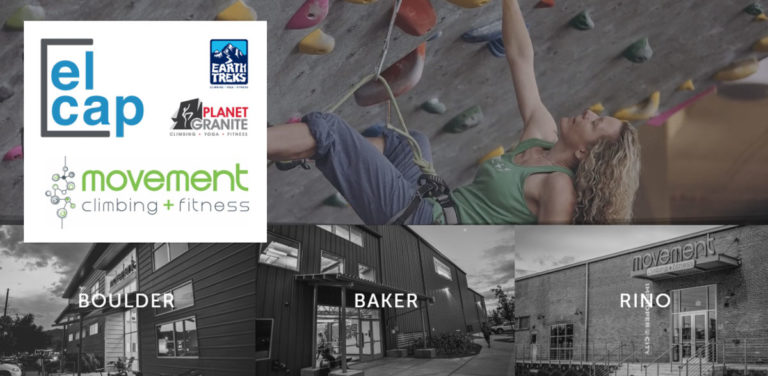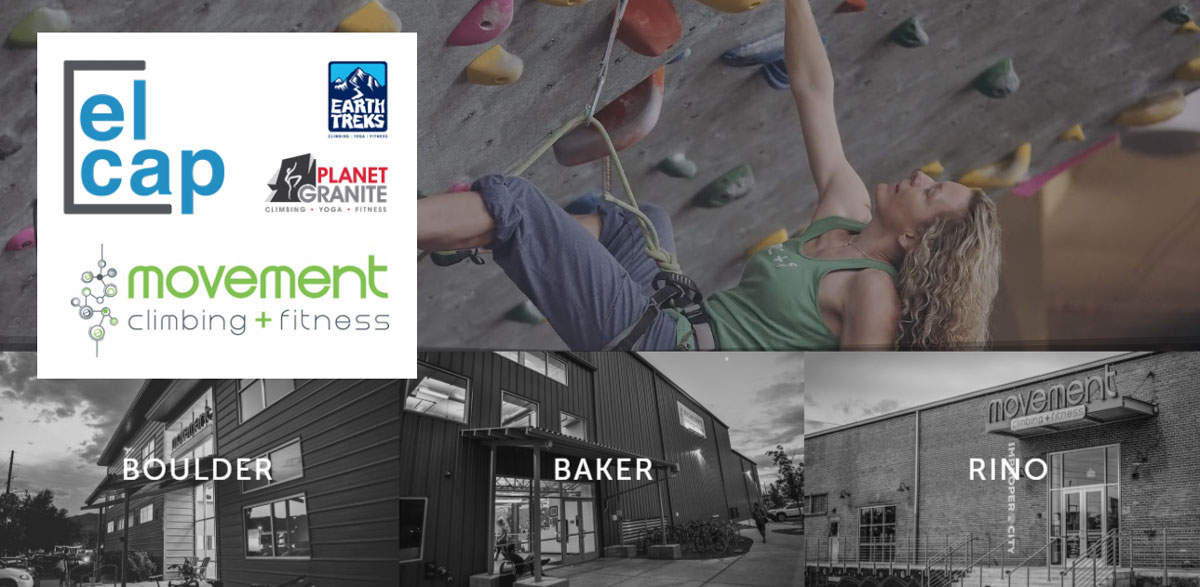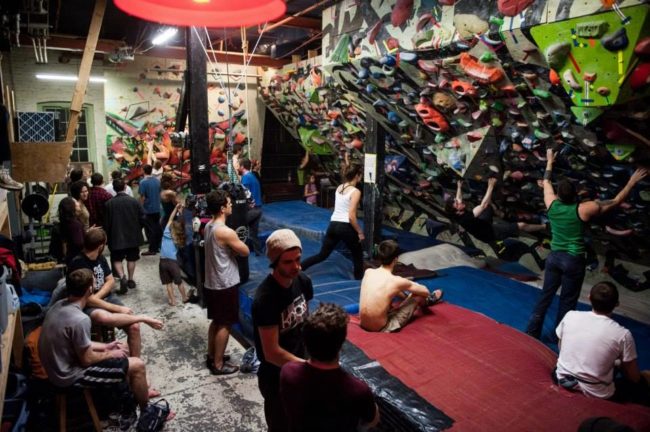
By Aaron Gerry
Frustration can be a powerful motivator, in climbing and in business. For some climbers, existing climbing gym options don’t meet their needs, leading them to create their own facility to fill the gap. Most start for-profit businesses, some develop nonprofits, and still others organize cooperatives. This article focuses on the third group.
Cooperative climbing gyms typically arise where no indoor options exist or a small collective of dedicated climbers desire a training-specific space away from the crowds of larger facilities. While the gyms begin from a simple premise, survival in a fast-growing industry is anything but elementary.
Here’s a look at how several gyms with cooperative-based business models across the U.S. and Canada – from Yellowknife to North Conway, Silverthorne to the Twin Cities – got their co-ops off the ground, why this model was chosen, and lessons gleaned along the way.
Cooperative in Spirit, if not in Structure
In their simplest form, cooperative climbing gyms are businesses that are member-owned and democratically run. Each member has an equal share in the company and an equal vote for decisions (one member, one vote). Generally, day-to-day operations are managed by a board of directors, comprised of and elected by the members. Another core principle of cooperatives is that they are uniquely member-centric. Historically, gyms have served members by keeping prices down, allowing 24-hour access, or even paying out dividends. “Over the last ten years we’ve seen an increase in cooperatives,” begins Mark Fick, the Director of Lending at Shared Capital Cooperative, a Community Development Financial Institution (CDFI) that provides financing to cooperative businesses throughout the U.S. “A lot of it was triggered by the recession [ten years ago], and a growing frustration among people that are employed in lower wage jobs, who have little say in how the business is run or how they are treated.” How do cooperatives differ from traditional for-profits and nonprofits in these respects? While employees of for-profit companies can own equity in the form of stock, they do not have equal ownership nor decision-making input. Cooperatives differ from traditional nonprofits because a profit may be earned and redistributed to members. Cooperatives, as a for-profit, have broader opportunities to make money than nonprofits and are not tax-exempt organizations. Employees of nonprofits generally do not have equal ownership or decision-making input, which is fundamental to cooperatives. However, laws regarding incorporation as a cooperative vary by state and, in some states, incorporation as a cooperative is not an option. Of the climbing gyms interviewed, only two gyms are officially classified as cooperative business entities. The other gyms interviewed were either previously registered as cooperatives or currently operate in the spirit of a co-op; they have hints of democratic values and a focus on members built into the structure. These gyms receive consideration in this article as well, since takeaways from their experiences can still be valuable for a gym considering a cooperative business structure.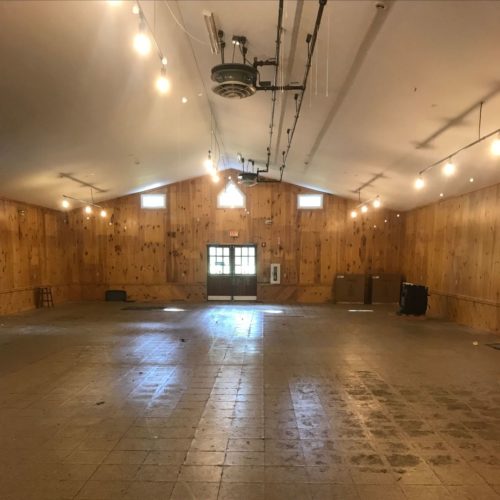
A Model for Smaller Markets
“For many years, the community has been grumbling that there is no climbing gym here,” begins Chelsea Kendrick, one of the founding members of the Mount Washington Valley Climbers Cooperative (MWVCC) in North Conway, New Hampshire. “We have to drive 1.5 hours to the nearest gym.” The Mount Washington Valley, with a cumulative population of just 20,000 people in the region, currently lacks a commercial climbing facility. The MWVCC gym, which is currently in the fundraising phase, will be a 2,000 sq. ft. facility with 1,200 sq. ft. of climbing wall space optimized for training purposes. “I’m friends with a for-profit gym owner,” continues Kendrick. “They had looked at the [area] as a potential expansion location but decided it wasn’t viable [for their business model].” The same phenomenon has occurred in Colorado, considered by many to be the climbing capital of the U.S. Kent Sharp, one of the founding members of Summit Climbing in Silverthorne, Colorado notes how the first iteration of the gym – a for-profit business – failed: “We’re a small resort town with a total population of about 20,000 residents, two hours west of Denver. The gym opened in the early 2000s but the climbing community just wasn’t big enough to support it and they went out of business. We decided to re-open [with a cooperative-style model knowing] we probably wouldn’t make money off it. Today, we have more members than the first owners and are only making $5k a year. There’s no way we could do this as a for-profit.”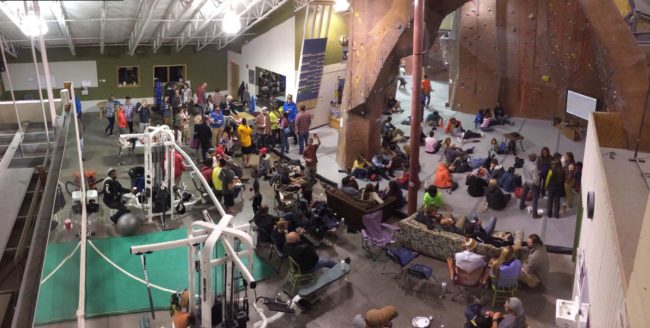
Specialization in Larger Markets
In larger markets with existing commercial climbing gyms, cooperatives have carved a niche for themselves by providing a focused training facility with a communal atmosphere. The El Dojo, for example, was opened on the basis of simple, serious training. “There was a community of us who wanted to train hard and the local offerings did not provide that in an adequate way,” shares Pete Ward, who co-founded The El Dojo in 2007. “I came up climbing in the early 90s. The mecca was the School Room in Sheffield. We saw from that generation how strong you can get with a 45 [degree] wall, campus board, and some free weights. You don’t need that much stuff.”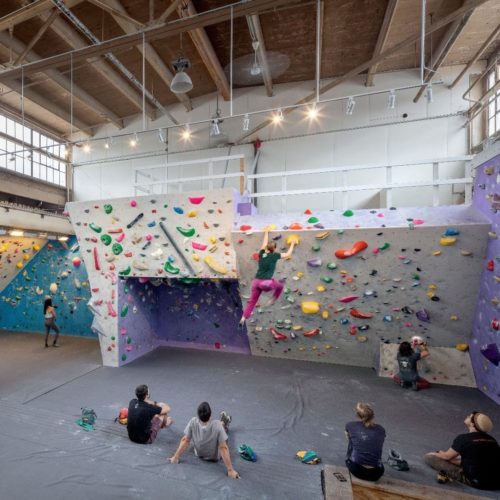
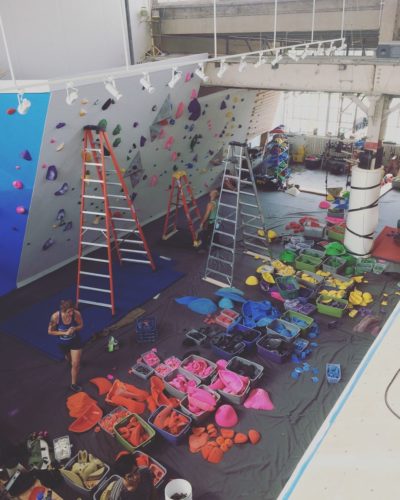
Limitations of Co-Ops
Cooperatives don’t work in all cases and locations. Obtaining loans can be difficult when starting out, there can be limitations to the growth potential of volunteer-run operations, and the persistent need for member involvement can lead to burnout. The Yellowknife Climbing Club in the Northwest Territories, Canada eventually transferred operations of the cooperative-turned-nonprofit over to the city due to leadership and volunteer fatigue. “The model worked for four or five years,” says Eric Binion, who was involved with the nonprofit. “Eventually, the Board grew tired of running it, and there just wasn’t enough leadership interest to sustain it.”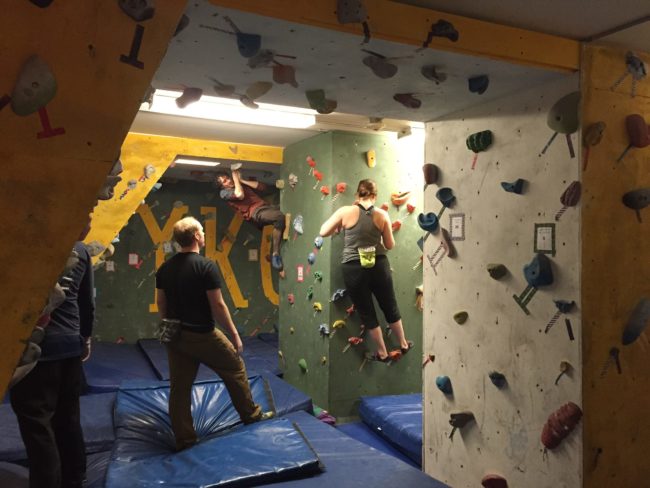





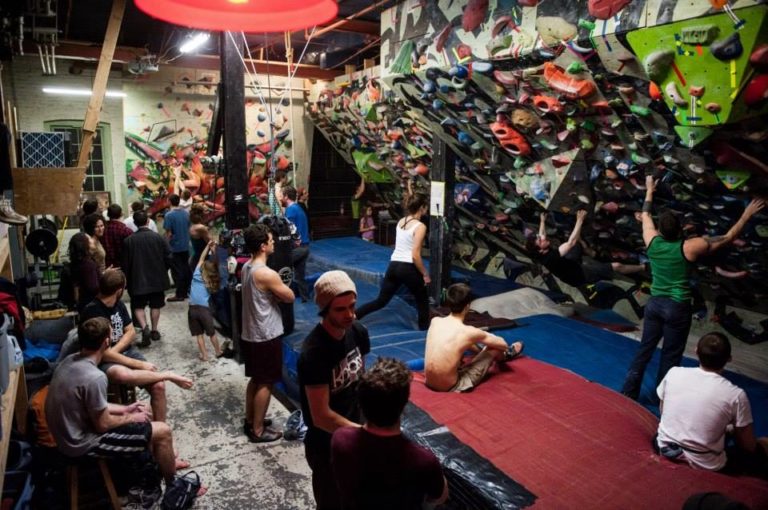



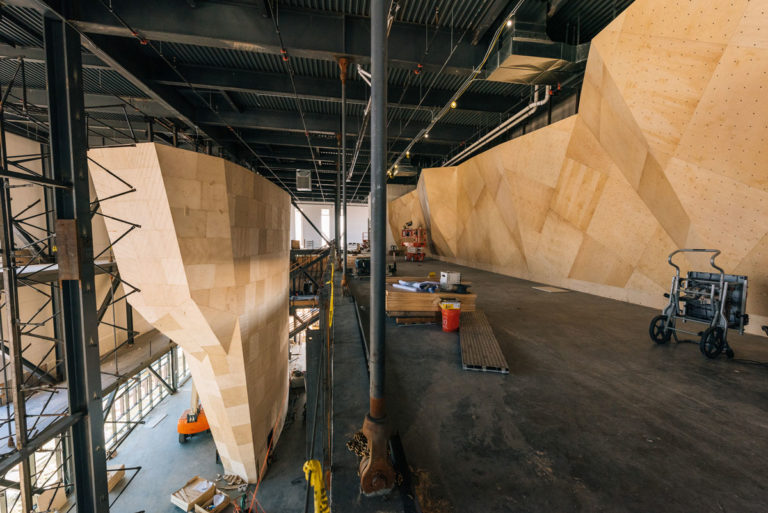
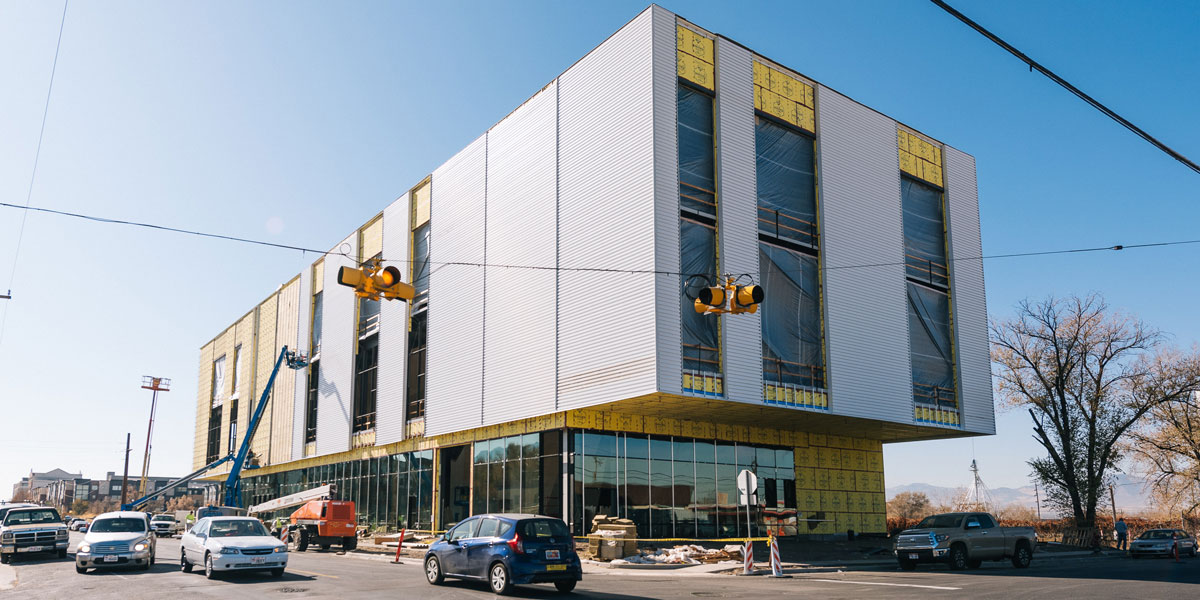

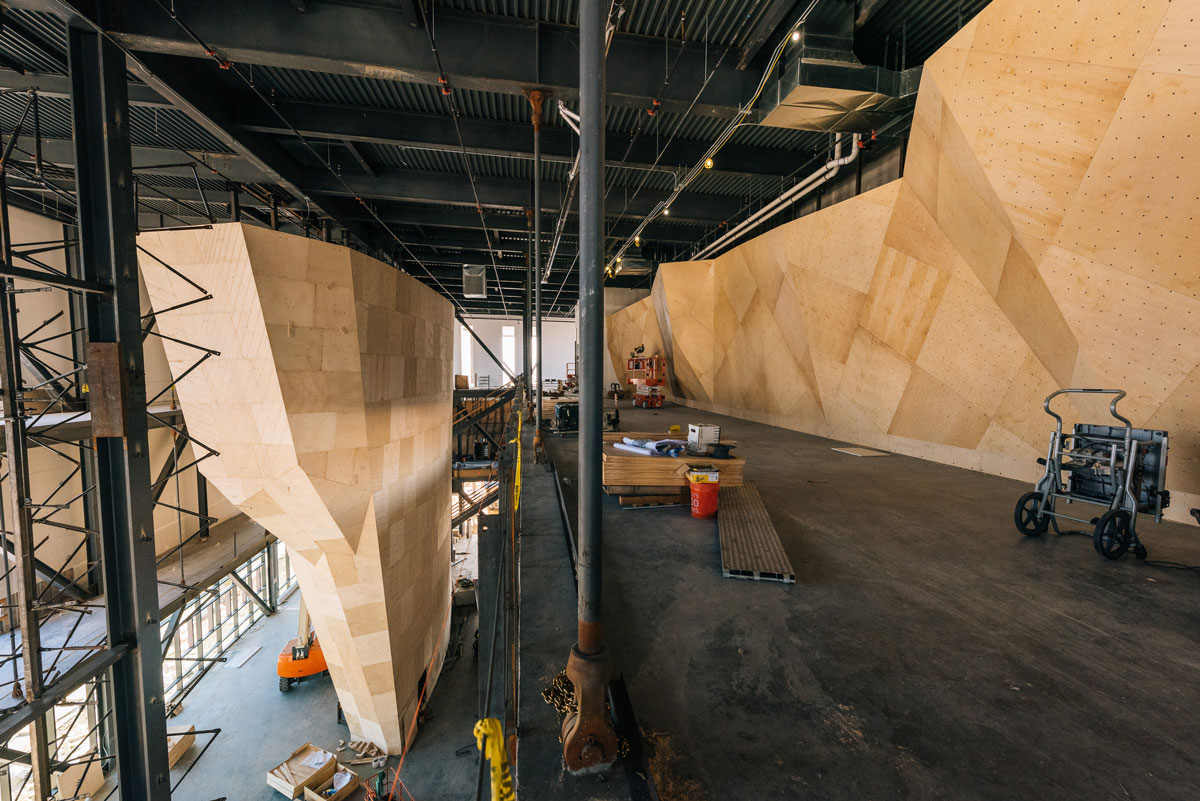
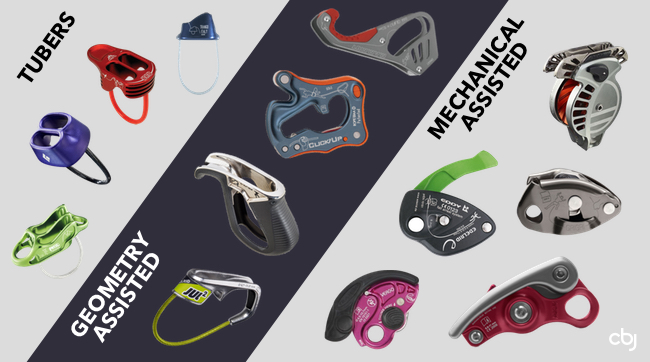

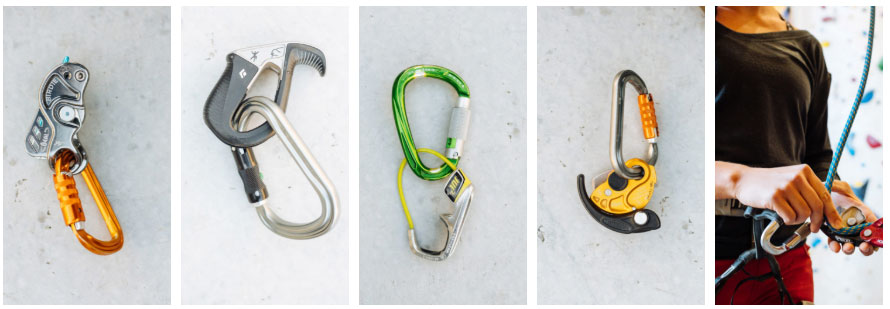

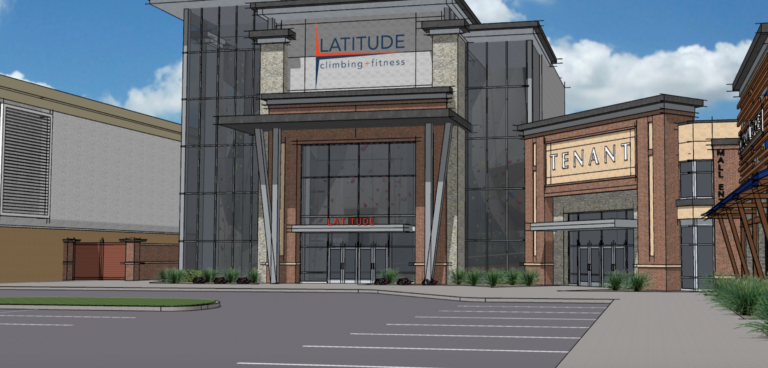
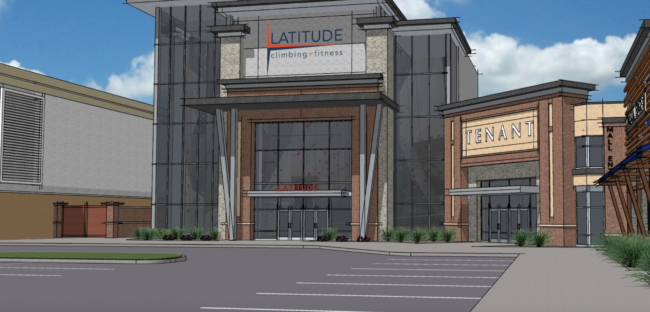

 Since 2013, CBJ has filled a gap in climbing media as the only publication focusing exclusively on the business side of the climbing industry. Our independent, data-driven coverage wouldn’t be possible without our advertising partners.
Since 2013, CBJ has filled a gap in climbing media as the only publication focusing exclusively on the business side of the climbing industry. Our independent, data-driven coverage wouldn’t be possible without our advertising partners.




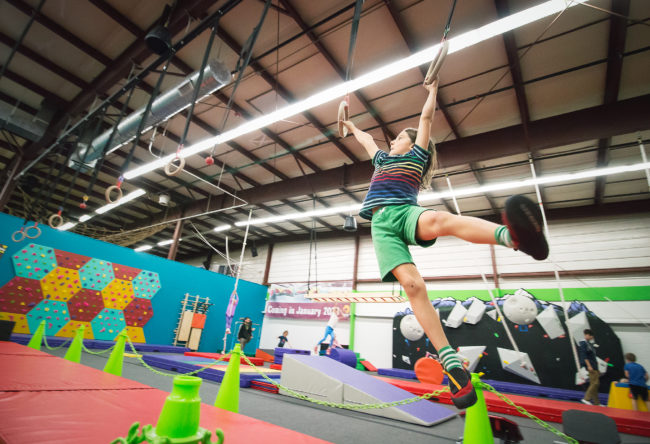
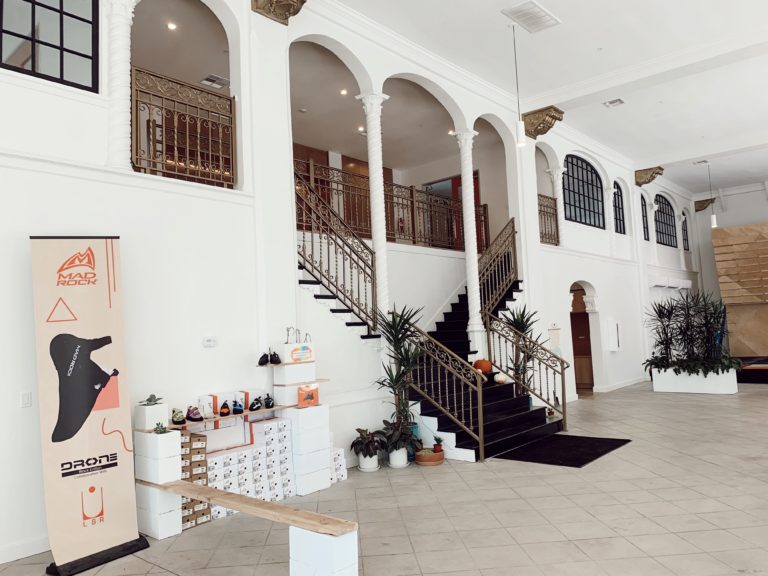
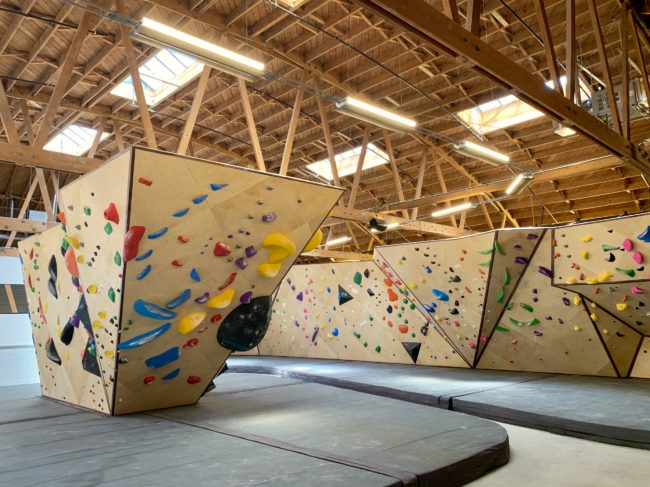
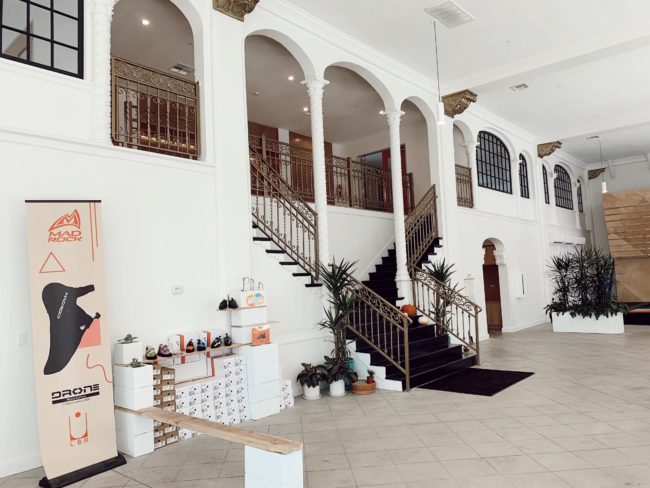
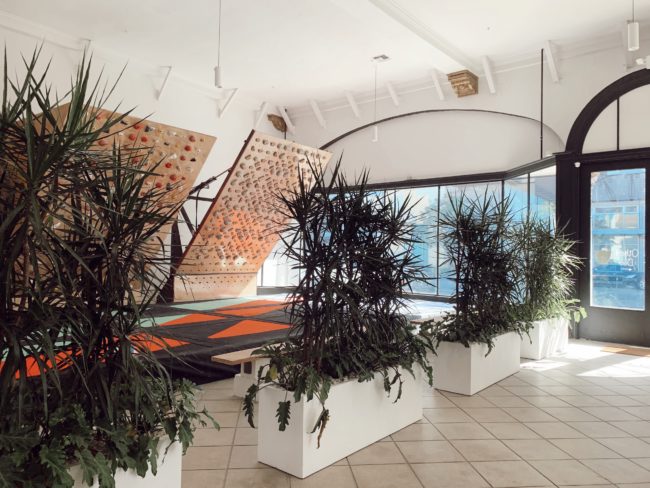


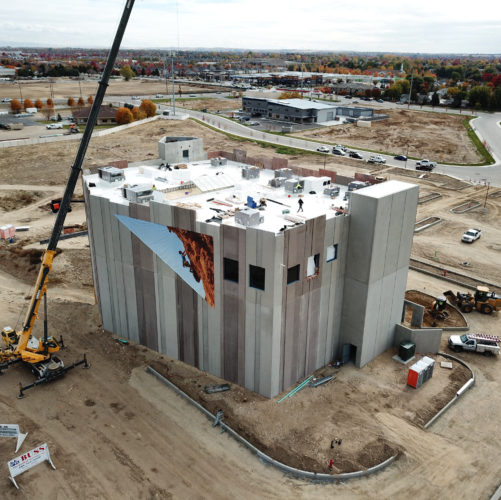
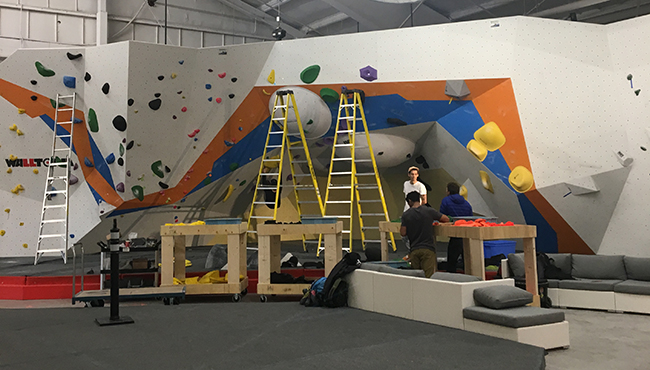
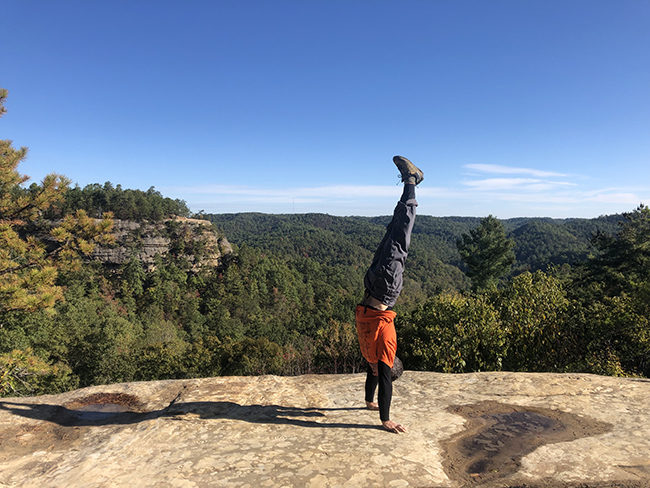
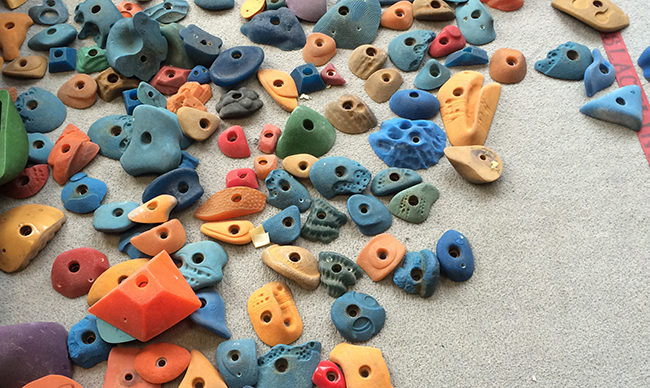
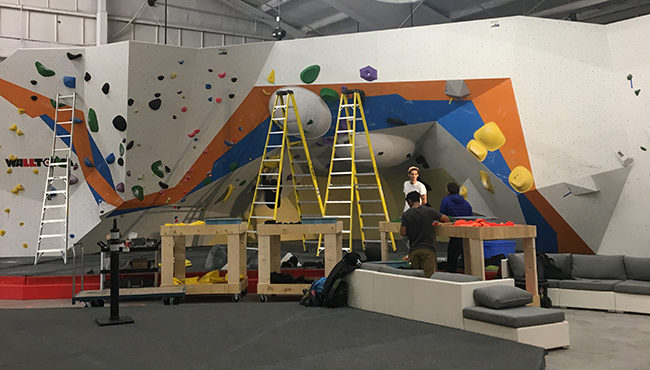
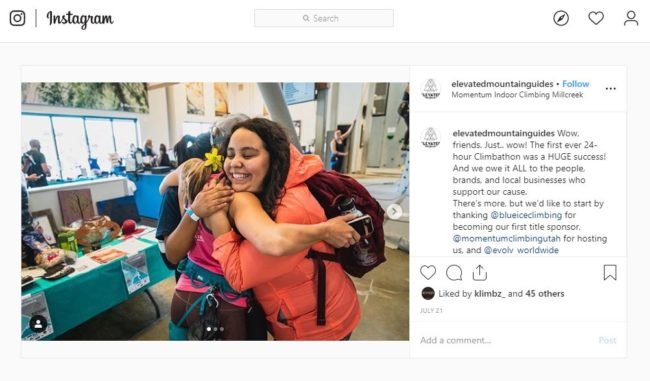 Four years ago, Momentum Indoor Climbing decided to engage their community by starting an Adult Bouldering League in their gyms. For the past four years, they have been successfully using Klimbz to run aspects of the league. Over the years, a handicap scoring system was developed that allows beginner climbers to “compete” against advanced climbers, making the experience more enjoyable for all competitors. 40 participants per gym consistently sign-up to compete. The scoring and managing of the league is taken care of through Klimbz and reduces the time and energy required of gym employees.
Since 2016, the Klimbz platform has been used by climbing gyms across North America and Australia to easily track scoring of climbing competitions and leagues, events which can bring gym members together or unite climbers for a specific cause. It takes the spreadsheet to the next level by automating the process and placing the data in the hands of every competitor for immediate results entry and viewing. The goal? Successful, community-centered climbing focused on helping gyms and climbers become better.
“The fact that everyone got seamlessly scored and entered into the system without my even knowing it is a testament to how well your system worked in real time,” said Cliff of GP-81 in Brooklyn, in response to using Klimbz for the GreenPoint RedPoint competition.
Contact Klimbz (
Four years ago, Momentum Indoor Climbing decided to engage their community by starting an Adult Bouldering League in their gyms. For the past four years, they have been successfully using Klimbz to run aspects of the league. Over the years, a handicap scoring system was developed that allows beginner climbers to “compete” against advanced climbers, making the experience more enjoyable for all competitors. 40 participants per gym consistently sign-up to compete. The scoring and managing of the league is taken care of through Klimbz and reduces the time and energy required of gym employees.
Since 2016, the Klimbz platform has been used by climbing gyms across North America and Australia to easily track scoring of climbing competitions and leagues, events which can bring gym members together or unite climbers for a specific cause. It takes the spreadsheet to the next level by automating the process and placing the data in the hands of every competitor for immediate results entry and viewing. The goal? Successful, community-centered climbing focused on helping gyms and climbers become better.
“The fact that everyone got seamlessly scored and entered into the system without my even knowing it is a testament to how well your system worked in real time,” said Cliff of GP-81 in Brooklyn, in response to using Klimbz for the GreenPoint RedPoint competition.
Contact Klimbz (